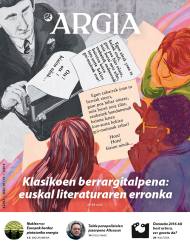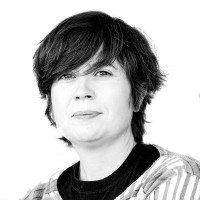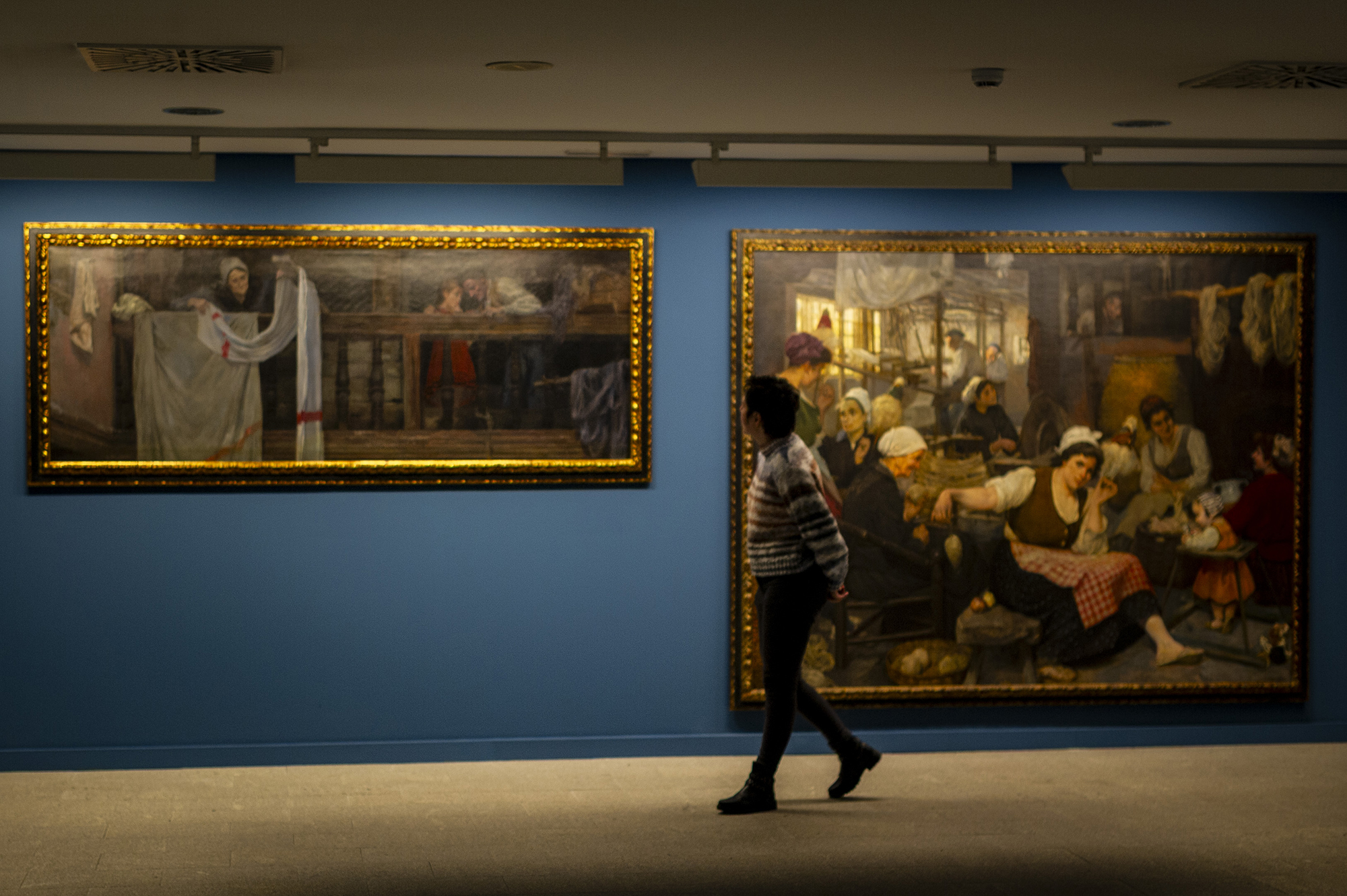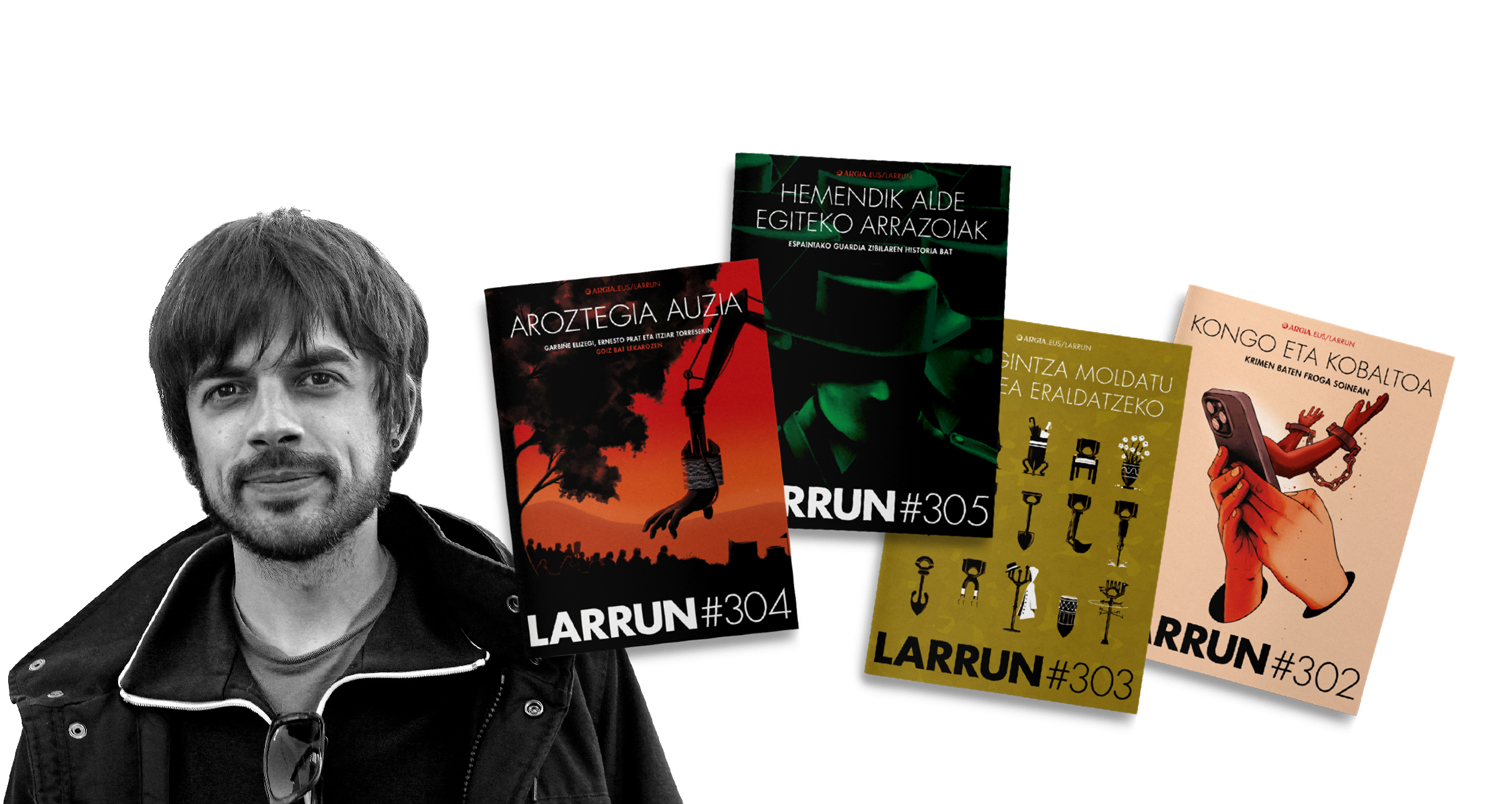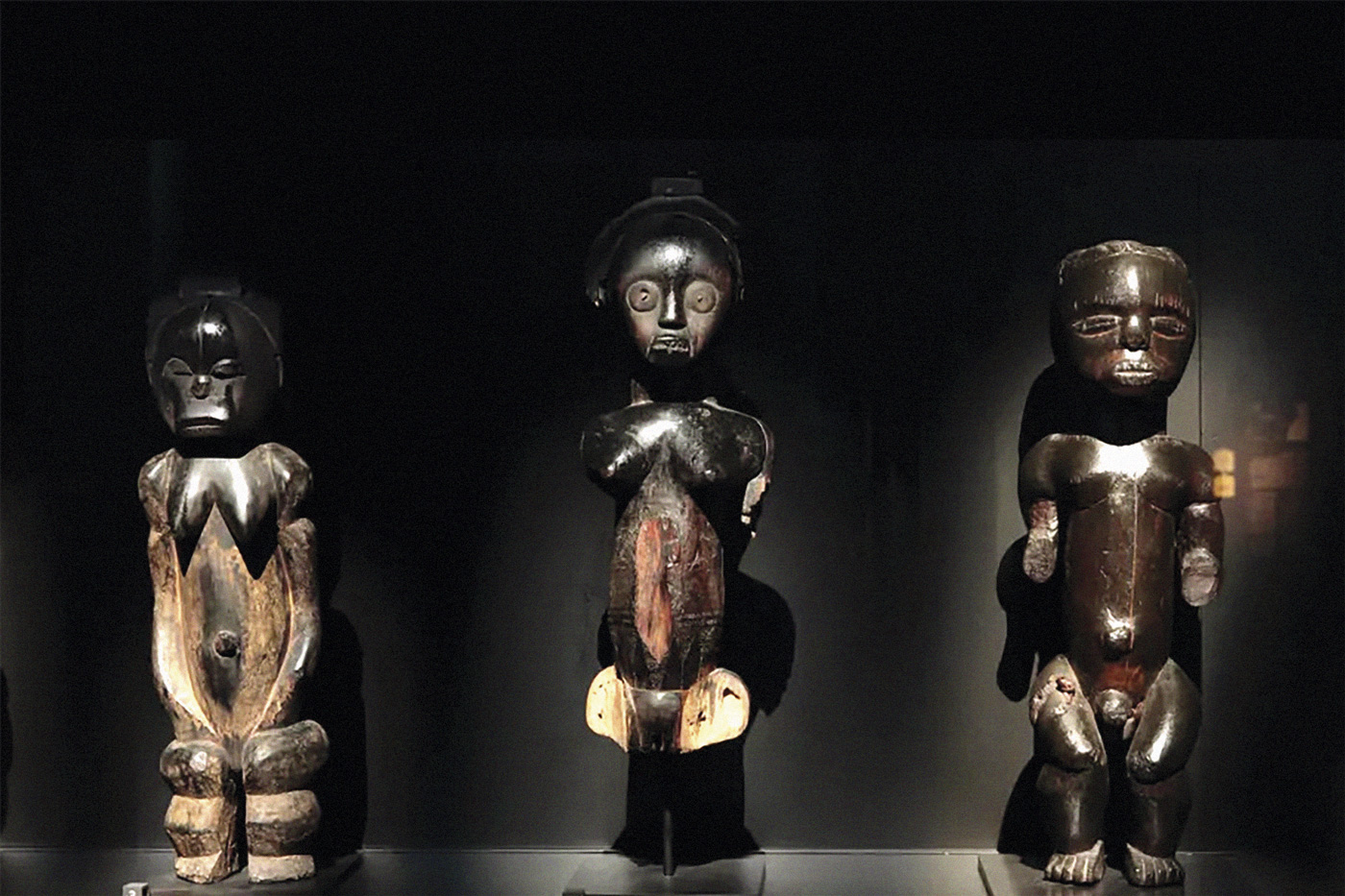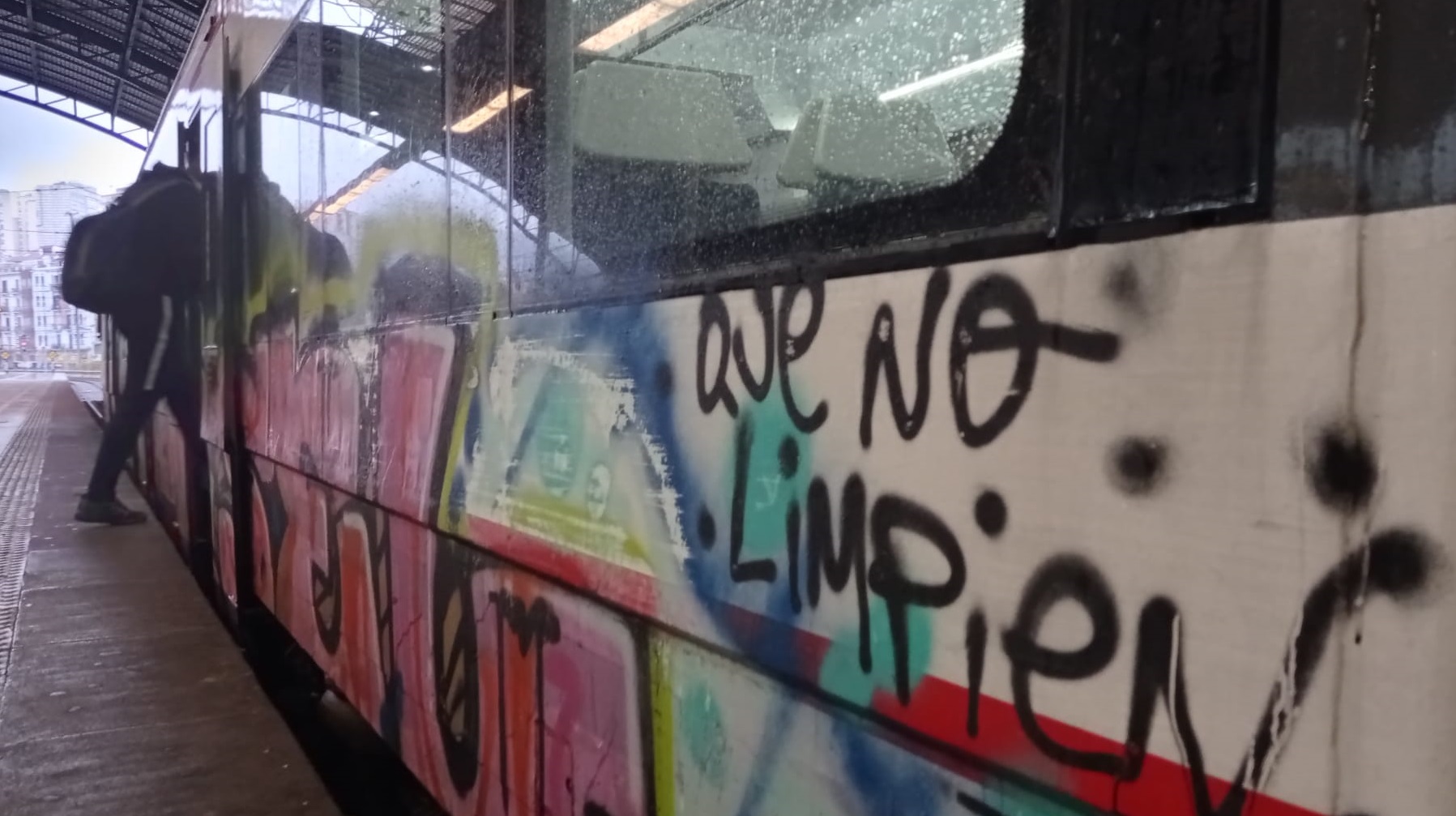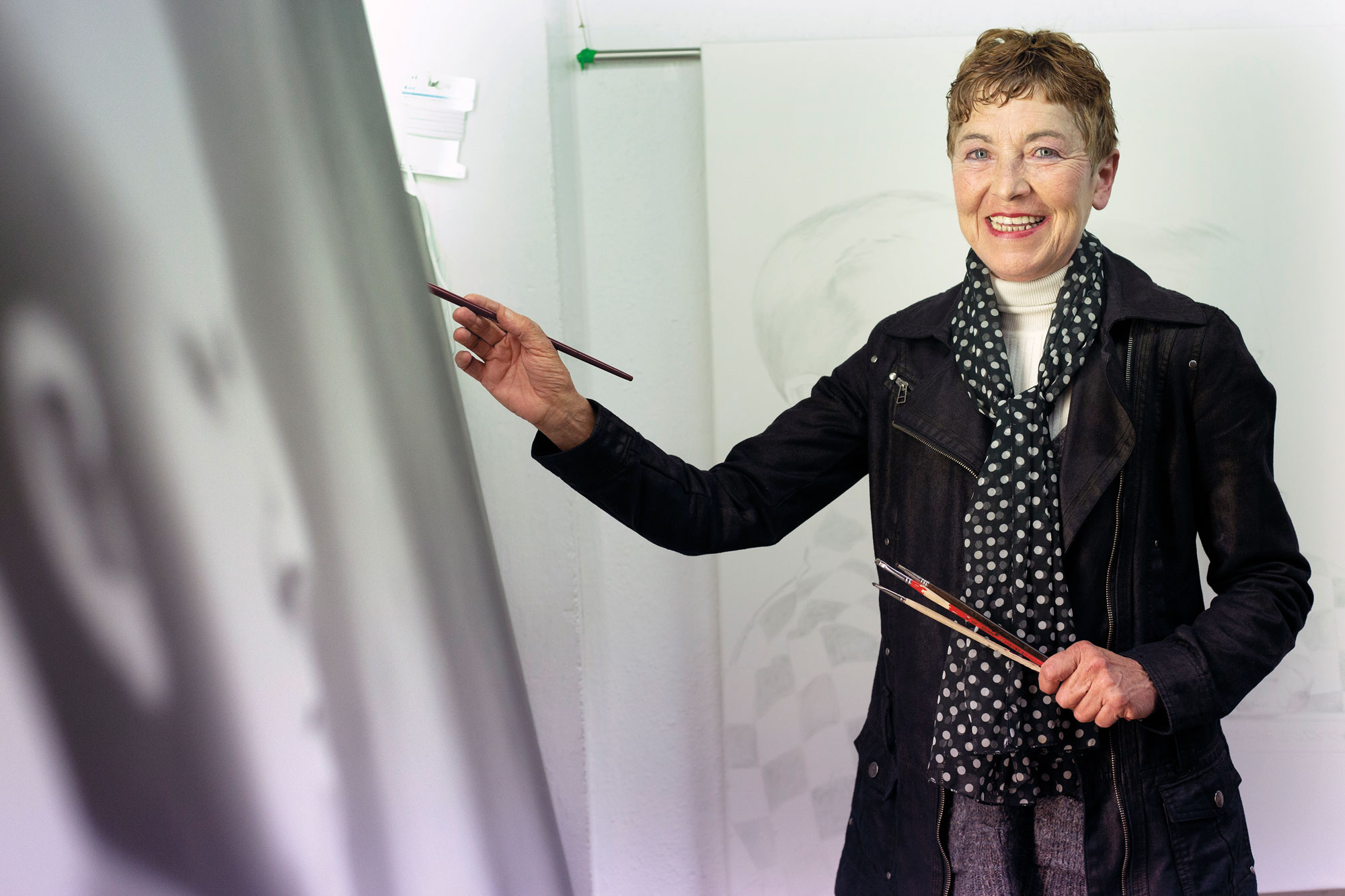Against fascination
- Bertolt Bretch's poem was not fascinated by the illusions that the artist could create. Show things just like that. Look! Theory for art and society. Today, however, we are sour sweet. On the one hand, these poetic words are difficult to comply with and, on the other, they raise more ethical problems in their thesis. The work of Arantza Santesteban in the Landarte programme has to do with all this.

In December the artistic sessions developed in Landart in the year 2021 have been completed. As has already been done in previous editions, several Navarros artists have been selected to perform artistic interventions in different rural localities. That is, as its name suggests, the initiative: between the field. Each artist or group has a deadline to develop the project and then they are presented as an exhibition, exhibition or performance. Although each project is carried out autonomously, meetings and exchanges are also held.
The relationship between field and art is tense. The triangle formed by anthropological ethics, cinematographic image and colonialism is directly related to these tensions. The use of the cinematographic device began to spread at the end of the 19th century, when anthropology was recognized as a specific discipline. The importance of the image is driven by curiosity about local cultures in colonial situations, which was somehow used as evidence or testimony for the researcher who returned to his country of origin. The martyr ethnographers who have gone to roll the beast obviously don't cross the barrier of the ethically correct today. But there is no consensual measurement or definition of such a barrier at present. Perhaps the debate on ethics is endless, the most demanding ethics possible. For some, it's boring. In addition to anthropology, artistic interventions in rural areas are becoming more frequent. However, there is something that happens when the words field and art come together.
In many cases, the artistic interventions of the people are performed by an artist who comes from outside (usually from the city). That is what has happened at least in recent times. Perhaps artists who created and worked in the same town were more frequent. However, later, both in art and in most trades, work was imposed by industrialization; far from meeting the needs of the people, cities began to populate themselves. It now seems that an opposite mechanism has gained strength, as artistic initiatives in the rural world are becoming more and more numerous. That is also the case with us. It could be related to the imaginary of bucolic vasculitis or to the alarm of the ecosocial crisis. It is possible that in the town we will find values that some have already lost in the city. Others leave the stress of the city for a few days and represent it as a space for relaxation. Everyone has their own motivation, but they are all projections with the field built from the outside. And that has a responsibility within itself. We will continue to think about it in the lines that come.
As regards the Landarte programme, it is an initiative coordinated by Anne Ibáñez and Marc Badal, which has been taking place since 2017. The group formed by Ibáñez and Badal, called the Foreign Office, has carried out several previous projects related to art and the rural world. In 2016 he published the book The Closed World, which reflects on the speed that the current system requires, through self-publishing. In 2017, the Endemis(t)mo project, the border as habitat (Endemis(t)mo, boundary as habitat), was carried out in Baja Navarra for the Caserío Art Network. After various formations, the group conducts the coordination and mediation of Landarte and witnesses the stays of artists and the artistic processes that take place in the villages. The collective's work is based on writing, design, collective reflection processes and territorial dynamization.
This year’s edition Landarte has been developed in six localities, with six artists or collectives. On the one hand, the intervention of Katixa Goldarazena in Zubieta, which reflects on the presence of the body in life. In the town of Murieta, in the area of Estella, the collective Elkarrekin has collaborated in the intervention of De Chopera to Chopera. Aghalla Taxio Ardanaz, with the Kabbalga Kabbalga proposal, has worked with the artist Maion Cruza on theatre and film. Murillo el Frutos Ana Maestrojuán has collaborated in the development of the project called Capsules of Information. According to the artist, “tell what is and what was the people for citizenship through recordings of meetings with citizens of different ages and backgrounds. Different voices and views will be recorded and expressed in different ways.” Artzibarren Pr0t0c0lectiv0 has developed the creation Descamino.
The project that gives name to this article is the one carried out by Arantza Santesteban in the Araitz Valley: Against fascination. Break the aura. Santesteban wanted to explore the relationship between some of the artistic performances and the landscape that have been developed in the Araitz Valley in recent decades. For this purpose, the artist has taken as a starting point the photograph taken by Lou Reed to the sierra. In Reed's photo, the landscape is surrounded by a very special mist and with great luminosity. Driven by the reflection on the case of Walter Benjamin, Santesteban tries to figure out how to make this kind of aura visible. In addition, beyond this bucolic image of the valley, he has wanted to approach his problem and break the aura. As several artists have done, he has wanted to carry out an artistic intervention, but questioning the idealization of the place.
Once the stays are over, the result has been an 18-minute experimental documentary film. Santesteban follows a number of people living in the valley by the Mayos. On the one hand, the man who talks about the changes in the rural world; on the other, the woman who is far from her country of origin; on the other, a woman who lives with a special camera; and, finally, the young people who make Tik toks and photograph the sunset. Each of them has a way to look at the environment, pick it up in the photo and record it. And also understandable. The artist also has his own. The game between points of view and aura complements the understanding of the non-unique space as a living ecosystem.
The result is sincere with the trajectory. A movie that looks at others, while the others look. It's a representation that, instead of representing a place, tries to approach representations. What he's thinking not only about the day-to-day life of the Araitz Valley, but also about the connection between art and field.
Last week, during the blackout, seeing ourselves vulnerable, we began to investigate many people in order to understand what happened: how does the infrastructure that transports electricity work? Why is it getting old? I am fascinated by the physical phenomenon of electricity... [+]
Eskultura grekoerromatarrek bere garaian zuten itxurak ez du zerikusirik gaurkoarekin. Erabilitako materiala ez zuten bistan uzten. Orain badakigu kolore biziz margotzen zituztela eta jantziak eta apaingarriak ere eransten zizkietela. Bada, Cecilie Brøns Harvard... [+]
Behin batean, gazterik, gidoi nagusia betetzea egokitu zitzaion. Elbira Zipitriaren ikasle izanak, ikastolen mugimendu berriarekin bat egin zuen. Irakasle izan zen artisau baino lehen. Gero, eskulturgile. Egun, musika jotzen du, bere gogoz eta bere buruarentzat. Eta beti, eta 35... [+]
This text comes two years later, but the calamities of drunks are like this. A surprising surprise happened in San Fermín Txikito: I met Maite Ciganda Azcarate, an art restorer and friend of a friend. That night he told me that he had been arranging two figures that could be... [+]
On Monday afternoon, I had already planned two documentaries carried out in the Basque Country. I am not particularly fond of documentaries, but Zinemaldia is often a good opportunity to set aside habits and traditions. I decided on the Pello Gutierrez Peñalba Replica a week... [+]









